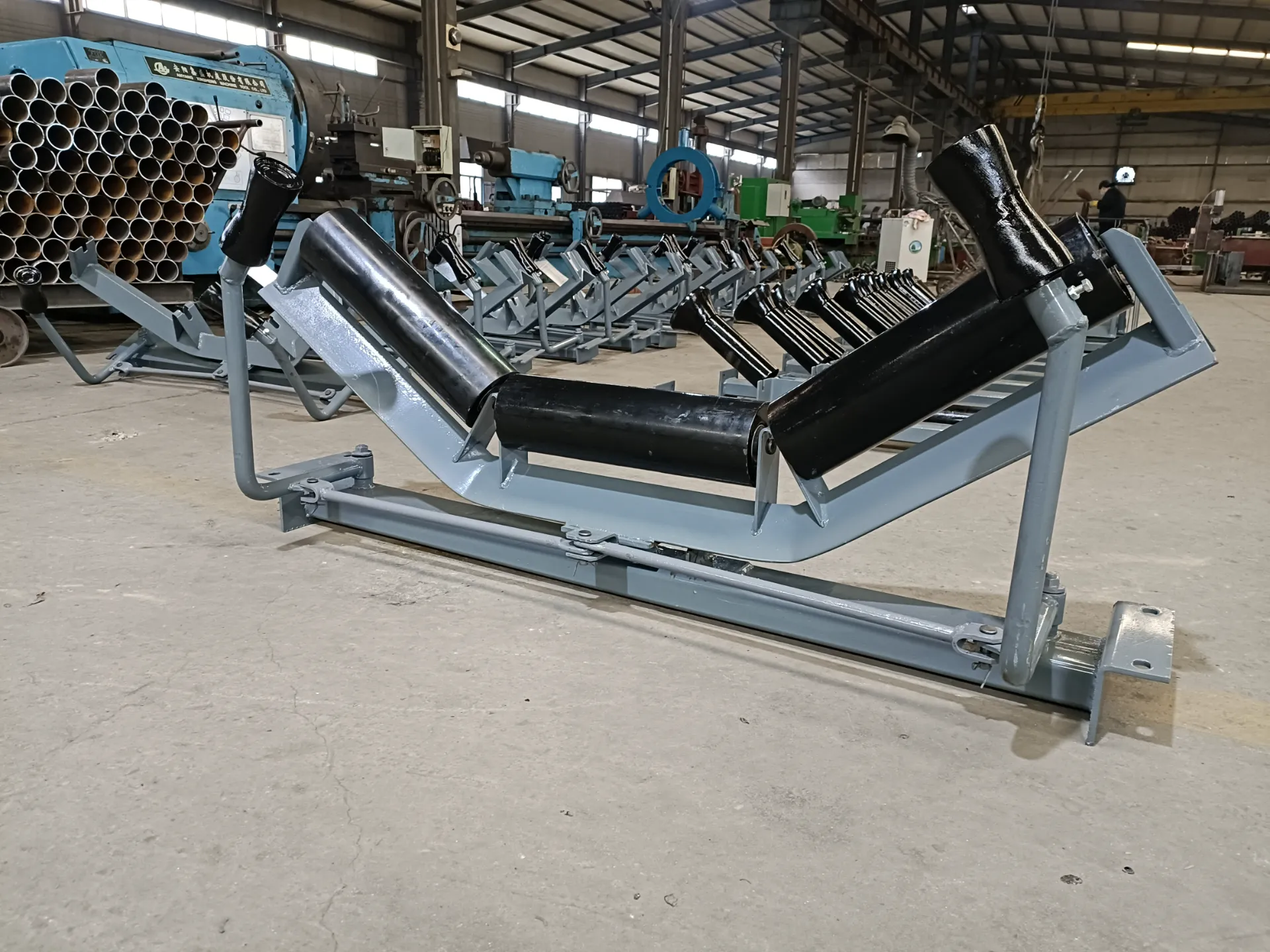 Afrikaans
Afrikaans  Albanian
Albanian  Amharic
Amharic  Arabic
Arabic  Armenian
Armenian  Azerbaijani
Azerbaijani  Basque
Basque  Belarusian
Belarusian  Bengali
Bengali  Bosnian
Bosnian  Bulgarian
Bulgarian  Catalan
Catalan  Cebuano
Cebuano  Corsican
Corsican  Croatian
Croatian  Czech
Czech  Danish
Danish  Dutch
Dutch  English
English  Esperanto
Esperanto  Estonian
Estonian  Finnish
Finnish  French
French  Frisian
Frisian  Galician
Galician  Georgian
Georgian  German
German  Greek
Greek  Gujarati
Gujarati  Haitian Creole
Haitian Creole  hausa
hausa  hawaiian
hawaiian  Hebrew
Hebrew  Hindi
Hindi  Miao
Miao  Hungarian
Hungarian  Icelandic
Icelandic  igbo
igbo  Indonesian
Indonesian  irish
irish  Italian
Italian  Japanese
Japanese  Javanese
Javanese  Kannada
Kannada  kazakh
kazakh  Khmer
Khmer  Rwandese
Rwandese  Korean
Korean  Kurdish
Kurdish  Kyrgyz
Kyrgyz  Lao
Lao  Latin
Latin  Latvian
Latvian  Lithuanian
Lithuanian  Luxembourgish
Luxembourgish  Macedonian
Macedonian  Malgashi
Malgashi  Malay
Malay  Malayalam
Malayalam  Maltese
Maltese  Maori
Maori  Marathi
Marathi  Mongolian
Mongolian  Myanmar
Myanmar  Nepali
Nepali  Norwegian
Norwegian  Norwegian
Norwegian  Occitan
Occitan  Pashto
Pashto  Persian
Persian  Polish
Polish  Portuguese
Portuguese  Punjabi
Punjabi  Romanian
Romanian  Russian
Russian  Samoan
Samoan  Scottish Gaelic
Scottish Gaelic  Serbian
Serbian  Sesotho
Sesotho  Shona
Shona  Sindhi
Sindhi  Sinhala
Sinhala  Slovak
Slovak  Slovenian
Slovenian  Somali
Somali  Spanish
Spanish  Sundanese
Sundanese  Swahili
Swahili  Swedish
Swedish  Tagalog
Tagalog  Tajik
Tajik  Tamil
Tamil  Tatar
Tatar  Telugu
Telugu  Thai
Thai  Turkish
Turkish  Turkmen
Turkmen  Ukrainian
Ukrainian  Urdu
Urdu  Uighur
Uighur  Uzbek
Uzbek  Vietnamese
Vietnamese  Welsh
Welsh  Bantu
Bantu  Yiddish
Yiddish  Yoruba
Yoruba  Zulu
Zulu Understanding the Importance of Take-Up Pulleys in Conveyor Systems and Mechanical Applications
Understanding the Take-Up Pulley A Key Component in Conveyor Systems
In the world of industrial machinery and materials handling, the take-up pulley is an essential component that plays a critical role in the operation of conveyor systems. These systems are widely utilized across various industries, including mining, manufacturing, and logistics. Understanding what a take-up pulley is, its functions, and its significance can help in optimizing the performance of conveyor systems and extending their lifespan.
What is a Take-Up Pulley?
A take-up pulley is a device that helps maintain the proper tension in a conveyor belt. It is typically located at the end of the conveyor system. The main function of the take-up pulley is to adjust the length of the conveyor belt by providing a way to increase or decrease its tension. This is particularly important because a conveyor belt that is too loose may slip or misalign, while one that is too tight can lead to excessive wear or even failure.
Functions of a Take-Up Pulley
The primary function of a take-up pulley is to manage the tension in the conveyor belt. Proper tension is crucial for several reasons
1. Preventing Slippage A properly tensioned belt reduces the chances of slippage, ensuring that materials are conveyed efficiently without delays.
2. Minimizing Wear and Tear An optimal tension level helps to minimize wear and tear on both the belt and the components of the conveyor system. Overly tight belts can cause undue stress on the pulleys, bearings, and motors, leading to premature failure.
3. Adjusting for Wear Over time, conveyor belts experience wear and tear, which can lead to elongation. The take-up pulley allows for adjustments to be made easily, ensuring that the belt remains at the correct tension throughout its operational life.
4. Facilitating Maintenance Take-up pulleys simplify maintenance tasks. When issues arise, such as a worn belt, maintenance personnel can quickly adjust the tension instead of replacing the entire system.
take-up pulley

Types of Take-Up Pulleys
There are several types of take-up pulleys utilized in conveyor systems, each designed for specific applications
1. Gravity Take-Up This type uses the force of gravity to maintain tension. It consists of a weight that keeps the belt taut as it stretches over time.
2. Mechanical Take-Up This type employs a screw mechanism to adjust the tension in the belt. It may require manual adjustment but provides precise control over the tension level.
3. Hydraulic Take-Up In more advanced systems, hydraulic mechanisms control the tension. These systems can automatically adjust based on the current operating conditions, providing efficient and consistent tension management.
Importance in Industrial Applications
The significance of take-up pulleys becomes apparent in various industrial settings. For instance, in mining operations, where heavy materials are transported over long distances, maintaining proper belt tension is crucial for operational efficiency and safety. A poorly tensioned belt can lead to material spillage or damage, resulting in costly downtime and repairs.
In manufacturing facilities, conveyors are often part of automated processes. Proper tension management ensures that the assembly lines run smoothly, minimizing disruptions and maximizing productivity. As such, investing in quality take-up pulleys can pay dividends in terms of reduced maintenance costs and increased operational efficiency.
Conclusion
The take-up pulley may seem like a simple component in the grand scheme of conveyor systems, but its role is vital. By ensuring that conveyor belts maintain the correct tension, this device contributes to the overall performance, safety, and reliability of industrial operations. Understanding the functionality and importance of take-up pulleys can help businesses optimize their conveyor systems, ultimately leading to enhanced productivity and reduced operational costs. Investing in high-quality take-up pulleys and regular maintenance can significantly extend the lifespan of conveyor belts, making them a wise investment for any industry reliant on material handling.
-
Revolutionizing Conveyor Reliability with Advanced Rubber Lagging PulleysNewsJul.22,2025
-
Powering Precision and Durability with Expert Manufacturers of Conveyor ComponentsNewsJul.22,2025
-
Optimizing Conveyor Systems with Advanced Conveyor AccessoriesNewsJul.22,2025
-
Maximize Conveyor Efficiency with Quality Conveyor Idler PulleysNewsJul.22,2025
-
Future-Proof Your Conveyor System with High-Performance Polyurethane RollerNewsJul.22,2025
-
Driving Efficiency Forward with Quality Idlers and RollersNewsJul.22,2025





























